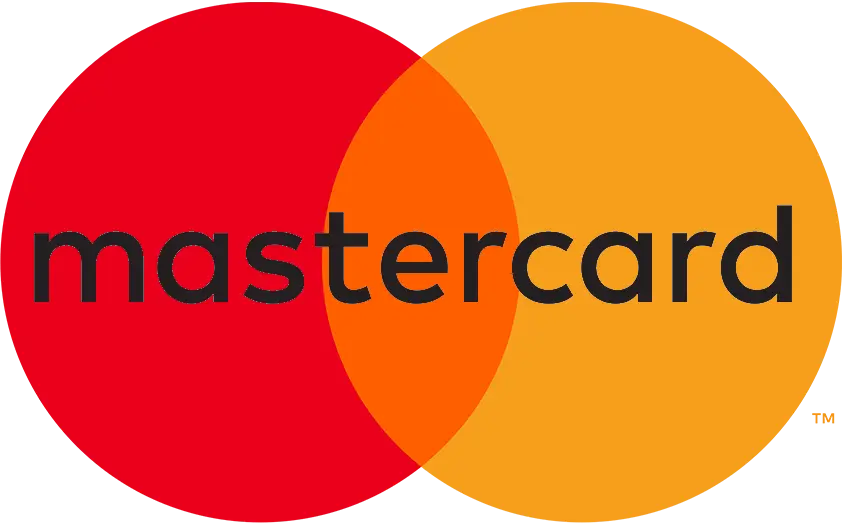Pulse oximeter
What are pulse oximeters
Recently, portable pulse oximeters, a mobile version of stationary equipment, have become more and more in demand. The devices are designed for personal use, are compact in size and resemble clothespins with a screen. They are very convenient, intuitive and easy to use, they operate on a couple of batteries. Modern control and diagnostic medical devices help to pay due attention to health at home and at work in order to promptly contact a specialist in case of deviations from the norm. With careful thought and advanced technology, you can keep a close eye on your heartbeat as well as how well your blood is being oxygenated. The exact numbers are determined in a matter of seconds, with the help of loved ones or on their own.
Who needs it and why
Devices that quickly and easily measure heart rate and saturation (the level of oxygen in the blood) are very important in monitoring well-being. They are especially relevant during alarming periods of high respiratory morbidity, allowing you to notice deterioration in time and take action. This is due to the fact that numerous viruses cause pneumonia, and it, in turn, leads to a violation of the transition of a chemical element from the air into the body.
The earlier the pathological process is detected, the sooner treatment will begin and will be much more effective. Therefore, products are not only useful in epidemics and pandemics. They are practically indispensable for chronic diseases of the respiratory system and heart failure, they are widely used by athletes in training. Theoretically, the saturation level should be 100%, but in practice it reaches 95-98% if there are no pathologies. In the event of a decrease, it is worth informing your doctor, since 90% and below is a serious cause for concern.
How a pulse oximeter works
As a rule, "smart" devices display only two main indicators - SpO₂ (oxygen saturation level) and pulse. They are characterized by a fairly simple design and the presence of three key components:
- light source - the sensor directs the rays to a certain part of the body, which can be enlightened through;
- photodetector - receives them from the other side;
- microprocessor - is responsible for counting the "incoming" and "outgoing" rays, analyzing the transmitted light and converting it into numbers.
The device passes light waves of different lengths through the pulsating blood and evaluates the color - the “redder”, the more saturated it is. Due to the fact that the photodetector captures the amount of hemoglobin charged and discharged by a chemical element, its percentage is displayed on the screen. It also captures the seconds between the peaks of the artery pulsation, due to which the beats per minute are counted.
What determines the accuracy of the measurement
The error of a high-quality device, as a rule, does not exceed 1-2%. The values obtained may decrease slightly or significantly due to various factors:
- incorrect location (recommended the middle finger of the leading hand),
- insufficient or tight fixation,
- extra movement and excitement
- long and extended nails,
- white, blue, beige, purple and other bright varnish,
- bruises and tattoos on the fingertips,
- cold hands and low blood pressure
- overly lit room
- cheap and poorly performing batteries.
Before the procedure, it is necessary to thoroughly clean the skin and the surface of the device, do not use creams and other cosmetics that prevent the penetration of light into the tissues. Since the operation is also affected by electromagnetic radiation, it is important to stay away from household appliances, smartphones and tablets.
A variety of pulse oximeters in the Monstroplace online store
In the online shop Monstroplace you can choose and buy pulse oximeters in Austria with delivery to any region of the country. Reliable Austrian, as well as British, German, Swiss and many other manufacturers guarantee the quality of products that fully meet the requirements. There are three different types to choose from:
- classic - the most common and performing two functions;
- pulsometers - the so-called "heart rate monitors", which show the frequency of the heartbeat;
- heart rate monitors are aimed at everyone who leads a healthy lifestyle, they can count not only the pulse, but also, for example, the distance traveled, steps, calories burned.
By area of application, the most popular are finger types, which are designed to be fixed on the finger. Wrist and fitness-like bracelets with a cardiogram are produced less often, as well as belt ones, which provide long-term monitoring of the condition. A special type of pulse oximeter for newborns is called neonatal, for older babies - pediatric. In general, all models are conditionally divided into two large groups:
- for children - designed for fingers up to 3.5 cm long and no more than 1 cm thick, if installed incorrectly, an indication is triggered, and if there is no action, the shutdown timer;
- for adults - standard and fully relevant to the needs of the target audience.
When buying, you should pay attention to a number of additions, among which there is a rotation of the displayed information, an audible alarm indicator and battery charge. A detailed description and photos will help you get acquainted with the products of interest in detail and find a pulse oximeter that is best suited for a particular case.





